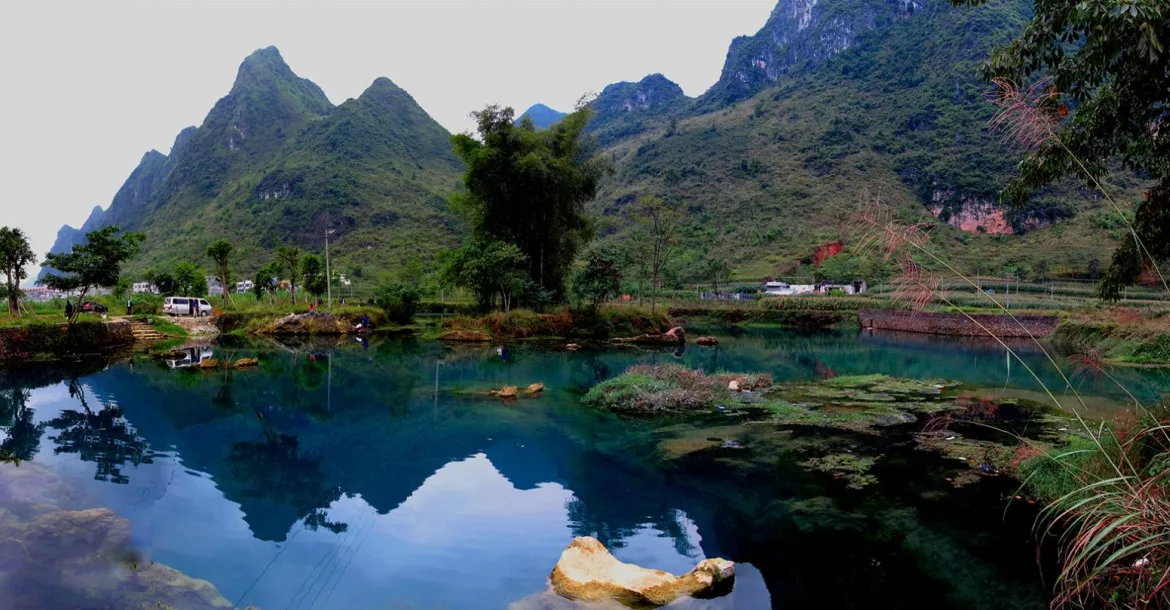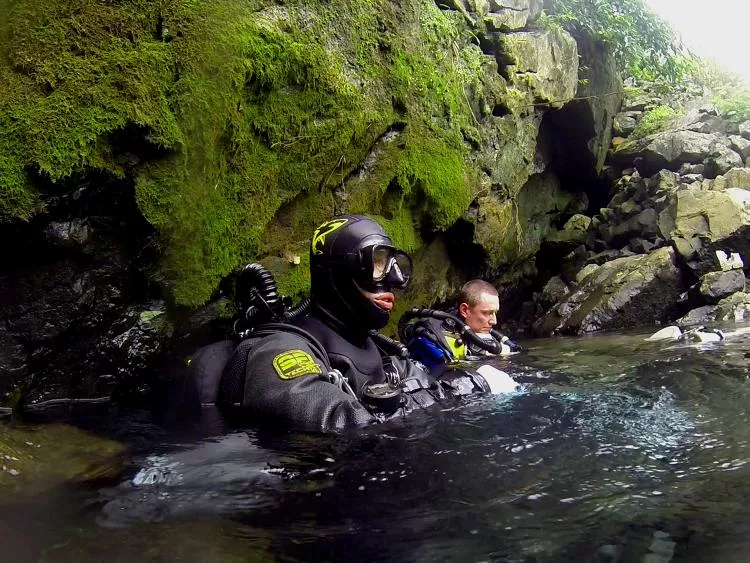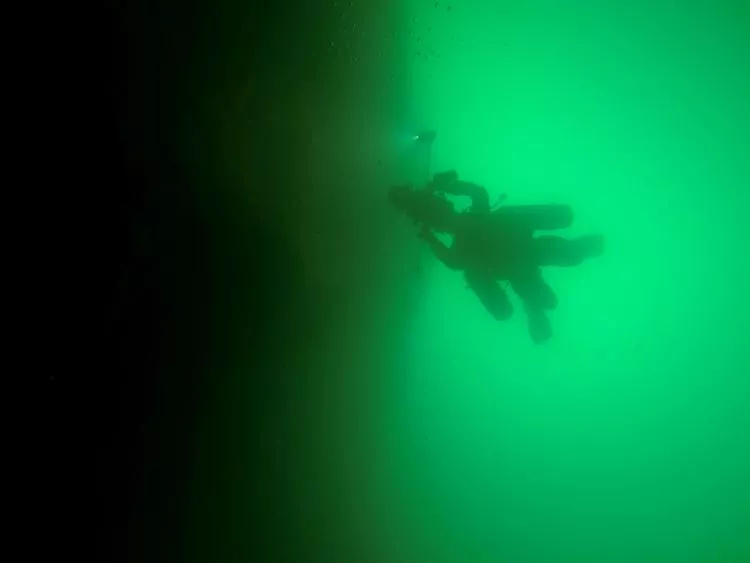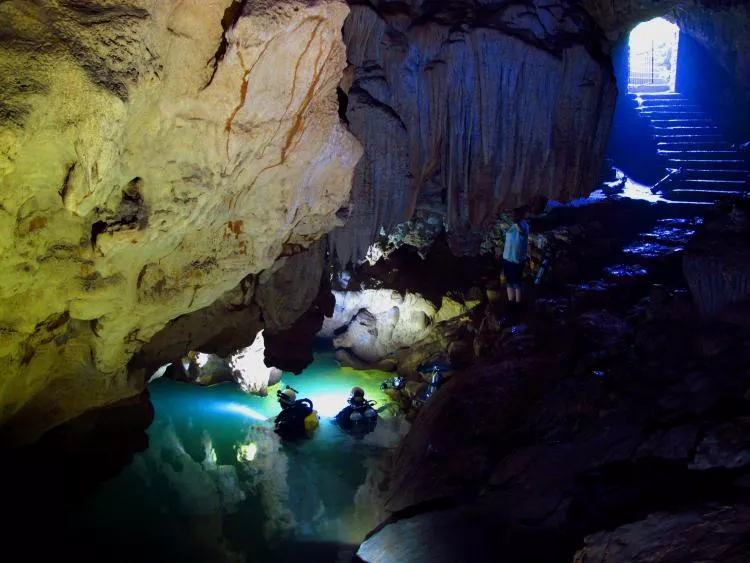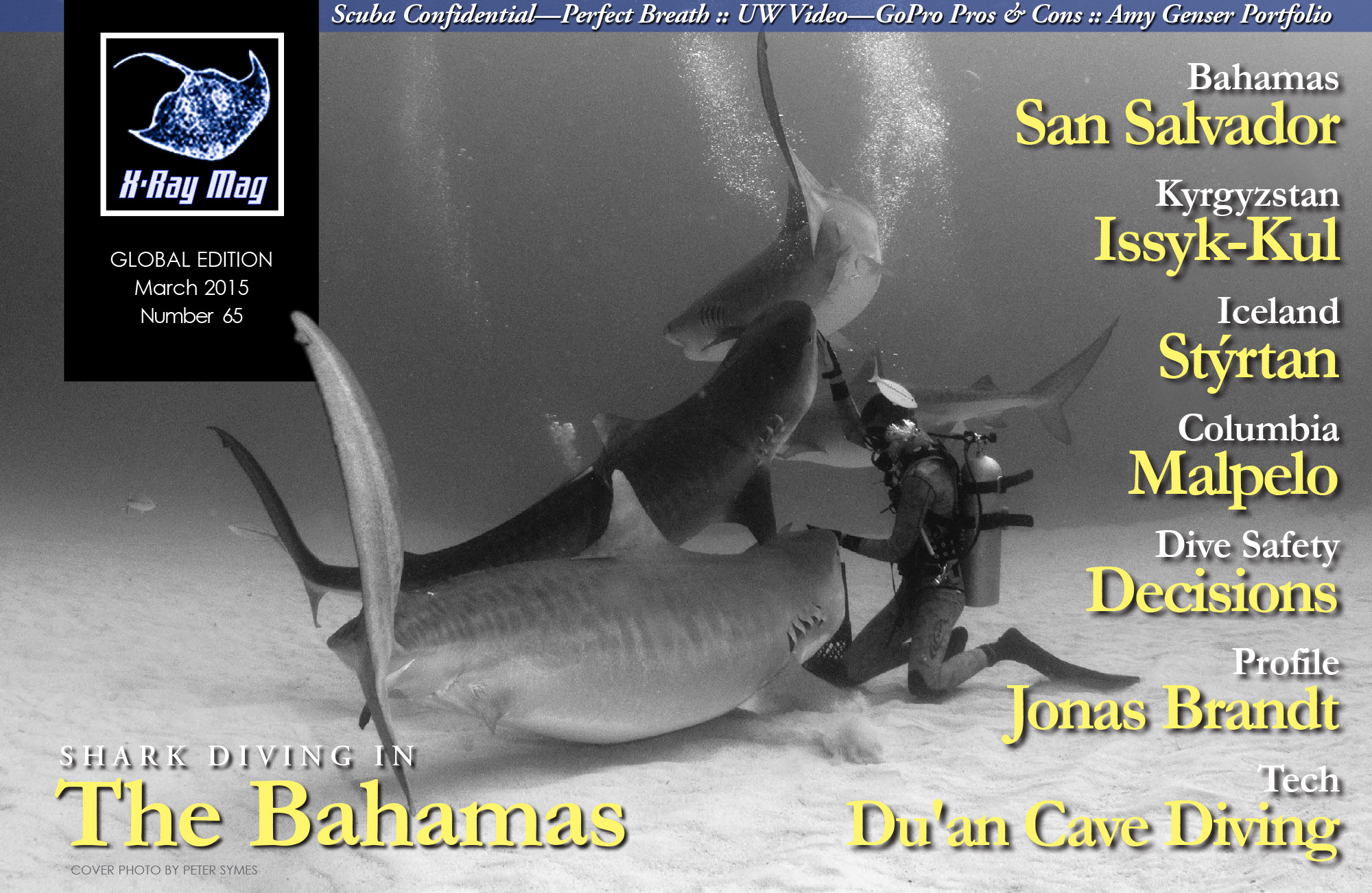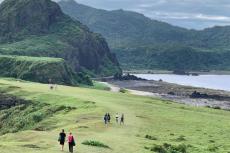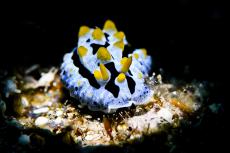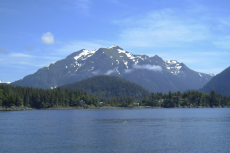In October 2011, Pierre-Eric Deseigne traveled to South Central China and dived the underwater caves of Da’un county for the first time. On his return to the cave system there three years later, Deseigne reflected upon the impact of the historic discovery of these underwater caves.
Contributed by
Factfile
Pierre-Eric Deseigne is a French cave explorer, specializing in difficult caves, with muddy waters, critical depths and restrictions.
He shares his passion by speaking, writing books and articles for magazines.
He is also professional a TDI technical and cave diving instructor.
It was during my long decompression stops, after a deep exploration dive in Daxing spring in Du’an county in China, that I remembered my first dive there, three years earlier. At that time, I could never have imagined all the things that would happen over the next few years. Nobody could have imagined what the discovery of this new area meant for cave diving and cave exploration.
This “El Dorado” of karsts has existed for millions of years and it is indeed one of the most incredible cave systems on Earth—akin to a new underwater Himalaya. It’s a huge place, with thousands of new ‘peaks’ for cave divers to explore.
Located in South China, in Guangxi province, the magnificent Du’an county landscapes offer deep valleys surrounded by mountains. A beautiful place inhabited by the charming Yao people, the local ethnic minority. The ancient karst here heralds a promise of a brilliant future.
Of course, this is not just a story of cave diving. For westerners, visiting inner China is a fantastic culture shock. Everywhere, people are the same yet they are also different. We all desire love, happiness and peace but not necessarily in the same way. The discovery of virgin caves is a major point, but getting to know the Chinese people is more important. This adventure wouldn’t have been so beautiful without the heart-warming welcome of the Du’an people. Without them and their enthusiasm, nothing would have been possible.
In the late ‘80s, the first explorers of these caves were a British team. They had started exploring the dry caves and dived some springs and karst windows, but the story fell into oblivion for three decades after that.
Then, five or six years ago, well-known French caver Jean Bottazzi, who had lived in China for several years, worked in this area. He saw the caves and, after two dives, sent pictures of the Du’an caves to the French cave-diving community. My friend and cave diver, Sebastien Lissarrague, was immediately fascinated. He decided to take a look.
After his first trip to Du’an, he came back and convinced our team to follow him in this aventure and to organize an expedition there. Six months later, in October 2011, we too discovered China and the multitude of virgin caves in Du’an. We were immediately convinced by the high exploration potential.
Every day, we were amazed by the dives and especially by the environment. All the villagers came out to look at us. They were fascinated to see divers in their springs, which they use for washing fruits and clothing, and for drinking water. In the beginning, we did not imagine the waters to be something else other than just water. But, to the villagers, the springs and karst windows were highly spiritual places. Many spirits lived in each spring, such as the white cow of local mythology. Soon, we too learnt about and respected these faiths and traditions.
Second expedition
We returned a year later for a second, more ambitious project. Every dive offered hundreds of meters of virgin tunnels. We soon realized just how massive the discovery was. Team member Serge Cesarano and I made a 121-meter dive at Daxing spring. This spring was rather like a Chinese Wakulla (a major spring in Florida)—it was so big, so deep... a masterpiece.
But this was not the only one; there were many other caves that were deep—very, very deep. They were on a country-size scale—so huge and disproportionate. Depending on the seasons and water levels, the depths may run to 180 and 200 meters—a helium paradise!
Our base camp was in the house of our guide’s mother, Mandy, in Du’an city. We filled our tanks using an old compressor in the backyard, close to where the chickens and ducks stayed. We traveled to the dive sites in tired pick-up trucks on chaotic roads. Even now, we still felt like Martians, with the villagers still coming out to see us—those strange westerners with their strange habits. Around the pool, they talked and laughed. They were very curious, very happy and honoured to welcome us in their village.
Often, after the dives, villagers invited us into their homes to share a meal. We showed them photos and videos of the caves, and they were excited to learn about the flooded regions underground. We immersed ourselves in the caving adventure and also in authentic and warm China. Then, we returned to Du’an to fill the tanks and prepare gear for the next day. The days ended by sharing meals with our new Chinese friends. During the long evenings, we sang and laughed and enjoyed good times together.
Governmental intervention
At the end of our second expedition, the local government realized the significance of the discoveries. This was not only a place with pools, springs and karst windows, it was also a location that could become a major destination for scuba diving, technical diving and cave diving. Certainly, this was one of the most impressive sites for cave diving in the world, much like the Yucatán in Mexico, the state of Florida in the United States, or the department of Lot in France. Du’an was not only a new Mecca for exploration, but also a new paradise for cave diving and tourism.
To our great surprise, the Du’an government decided to promote tourism in Du’an and diving in particular. Some of us were a little apprehensive by this rapid decision, but we soon discovered that this was the Chinese way.
Seven months later, I was introduced as an official consultant on the diving project. The government wanted to open a dive center in December 2013. It was a fantastic challenge. We started from scratch to create a modern and brand-new dive center.
Another six months later, after many trips and much hard work, the first Chinese dive center was established in Du’an. Opening a dive center so close to virgin caves is astounding. For explorers, it would be an extraordinary base camp; for divers from China and beyond, it was a chance to discover an amazing new dive destination.
The dive center opens
In December, I helped the Du’an government organize a grand opening ceremony. It was the first time in diving history such an event took place. Usually, explorers dive and explore caves over a long period of time before anything like a dive center is developed. Only after about ten years or so, do recreational divers finally come to a newly explored cave system just for fun. In Du’an, the dive center opened first, at the beginning of exploration, not at the end. Exciting!
For this event, some high profile divers and explorers were invited to draw attention to the new destination, in the Du’an government’s bid to promote this natural resource to a worldwide audience. Just take a look at the guest list full of prominent personalities in the cave diving world: Martyn Faar, Curt Bowen, Richard Harris, Mia Pietikäinen, Pascal Bernabé, Nathalie Lasselin and Sebastien Lissarrague.
During that one week, we discovered incredible dive locations. All were very excited by the dives. By the end of the week, they all promised to return for more, as soon as possible.
In April 2014, the French team returned to continue their studies and exploration. More than one kilometer of new galleries was discovered with several deep dives, like in Daxing where we reached 151 meters in the south gallery. In some caves such like Ya Yan and Jiu Song, we explored fantastic tunnels with crystal clear water. I applied the rule of no exploration without survey and tried to take measurements of these huge cavities during every dive—certainly not easy when it’s this big or deep!
Nathalie Lasselin also joined us to continue filming for her movie on the Du’an caves, and we spent time with her. We were all very happy to star as divers in her new movie.
Adventure and exploration continue as more teams make their way to Du’an every year. Indeed, two or even three lifetimes wouldn’t be enough time to explore this incredible network of caves. This was just the beginning, full of dreams and hopes—not just for explorers and cave divers, but also for the Yao people and the villagers.
In the documentation of the new dive destination and the establishment of a new dive center, we had tried to help the local Du’an people as much as possible. Now, it is up to them to develop and promote their incredible natural resource. To quote Martyn Faar: “The future belongs to you.” ■

